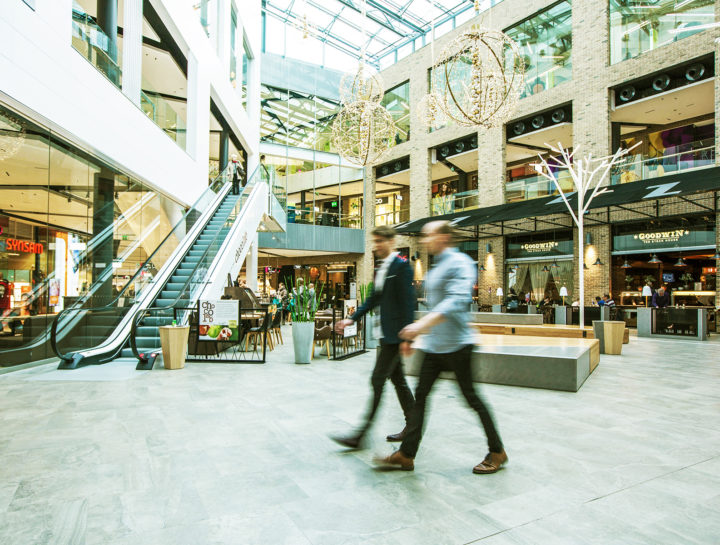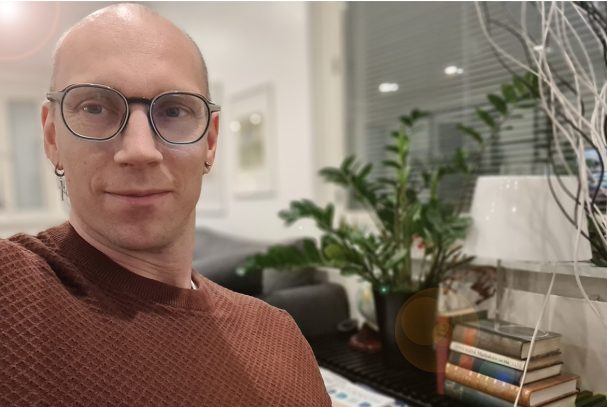The smart city concept was initiated by technology companies saying we have this technology so let’s use it. Then they partnered with cities and the focus was on efficiency and reducing costs.
However, these days the focus is shifting towards the citizen. The focus is no longer on efficiency. Instead of this it’s on making their life easier, saving them time, making them safer, helping them to be healthy or giving more choice of the services that are offered. If we solve the citizen’s problems first and if we do this with intuitive and easy to use tools then all of the data to make city more efficient and sustainable will be available by default.
Over the past few years I have worked on many development projects that aim to accelerate concepts related to smart buildings or smart city districts. We have written market analysis reports, research articles and carried out short term proof of concepts and multi-year research projects.
Our focus should be on citizen centric solutions that make our daily life easier, safer and healthier and services that save us time, are easier to use and provide us with more choice.
One of the questions that we encountered on this journey was: “why does anyone care if a building is smart?” In other words “why should we invest in or why would I like to live, work, study or shop in a smart building?” The technology companies will tell you that it’s because it makes things more efficient. The thinking is that building owners or service providers can improve their operational efficiency by using smarter systems.
However, this logic relies on the cooperation of the stakeholders who use the buildings and services. This approach requires the stakeholders to do something new such as download the app and learn how to use it and often there is little incentive to do this. If we want stakeholders or citizens to get on board with new technologies then we have to add value beyond a nominal discount on their purchases. Air miles or loyalty card discount are no longer enough as user experience begins to compete with price and quality as the key driver for purchasing decisions. This is why our focus should be on citizen centric solutions that make our daily life easier, safer and healthier and services that save us time, are easier to use and provide us with more choice.
In my opinion the core concept of a citizen centric, smart and sustainable future city is the optimized allocation of the assets with the city. This pool of shared assets could include buildings, outdoor spaces, vehicles and even equipment such as 3D printers or DIY tools. Mobility as a service has recently been introduced to Helsinki via the whim app and it is a good example of the benefit that can be derived from sharing assets. When other spaces and assets are added to the sharing pool then we really do have the building blocks of a citizen centric, smart and sustainable city.
Citizen Centric
- Healthier: A more compact and space efficient city is more walkable and this results in less commuting time. In addition, getting rid of your car means more walking and cycling.
- User experience: Platforms and sharing provide more choice of spaces, services & vehicles.
- Easier to use: User friendly interfaces and apps make the services available to all.
- Optimised: The product and service offering is optimised with analytics to give citizens exactly what they want.
Smart and Sustainable
- Circular Economy: Sharing avoids unnecessary product ownership and enables all shared products to be designed for a long life.
- Less carbon emissions: Mobility as a service and more flexible working dramatically reduces transport emissions.
- Less energy: Better utilisation of our built environment reduces energy that is consumed in half empty buildings.
- Less Cost: Optimising the use of all our assets reduces the cost of the associated services.
D.Sc. (Tech.) Ken Dooley is a Technology Director at Granlund. He has over 15 years’ experience as a consultant in the built environment and has worked in London, Sydney, Dublin and Helsinki.
His current role in the innovation and development department involves research, lean experimentation, collaboration with startups and the development of Granlund’s future products and services. The focus is mostly in the areas of end user solutions, IoT and data analytics, energy, sustainability, circular economy, sharing economy and digital platforms.




